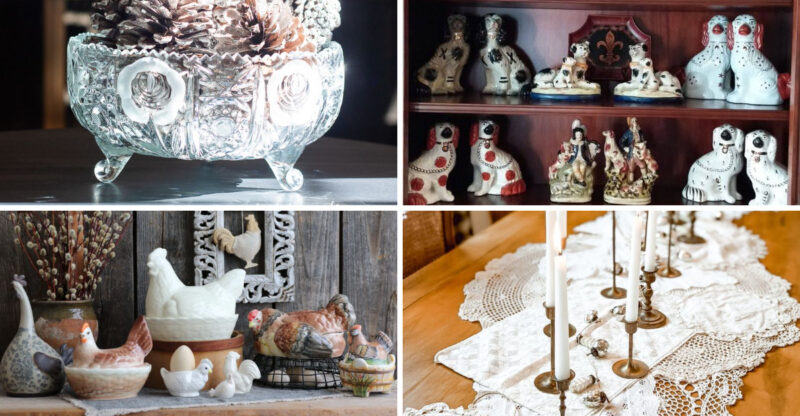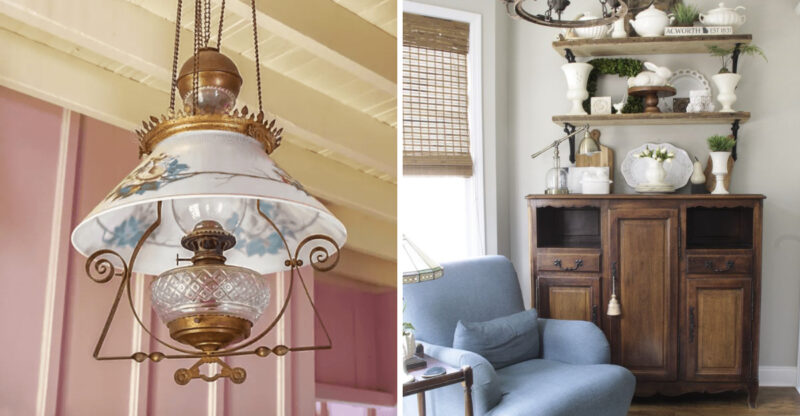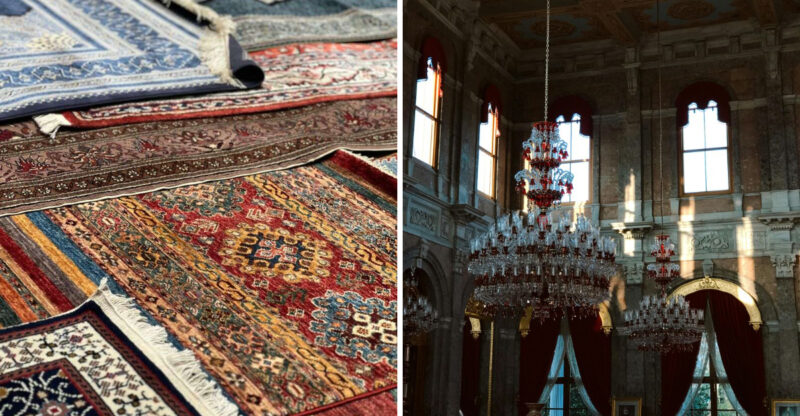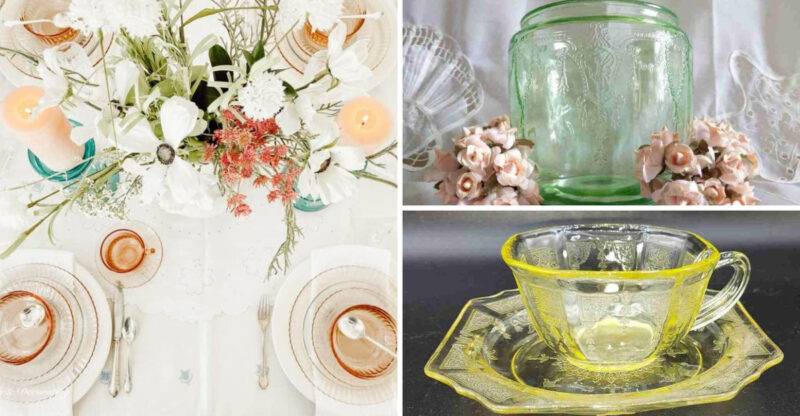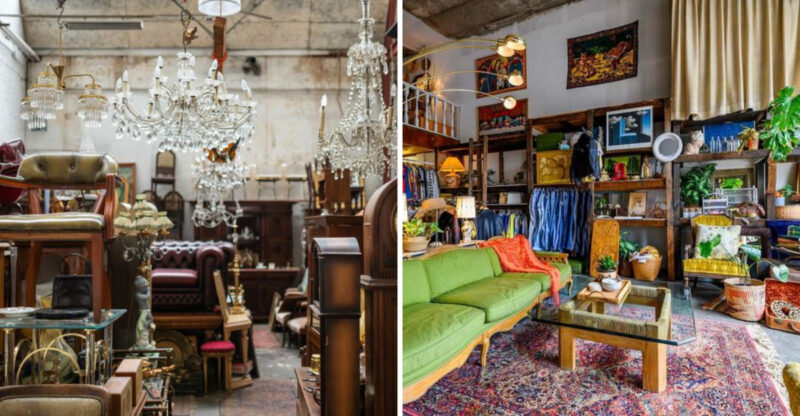8 Classic Furniture Styles Seeing A Modern Revival
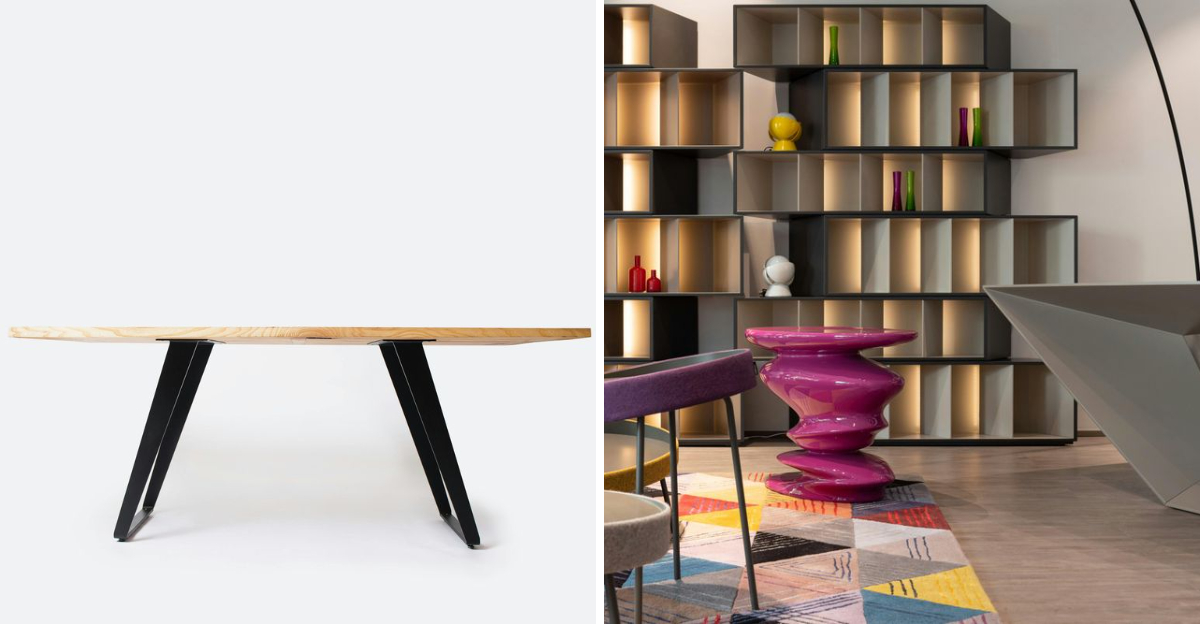
Old is becoming new again in the world of interior design!
Furniture styles that once filled our grandparents’ homes are making impressive comebacks with fresh updates for today’s living spaces. Designers are breathing new life into classic forms by combining traditional craftsmanship with contemporary materials and colors.
Design trends are subjective and constantly evolving. The examples and insights shared here are for general inspiration only and may not reflect every style preference or regional variation.
1. Mid-Century Modern Magic
Clean lines and organic curves define this 1950s style that never truly went out of fashion. The functional simplicity of mid-century pieces makes them perfect for today’s smaller living spaces.
Designers are reintroducing these classics with sustainable materials and bolder color palettes. Walnut and teak woods remain popular, but now you’ll find them paired with recycled metals and performance fabrics that stand up to modern life.
2. Art Deco Glamour
Bold geometric patterns and luxurious materials transport us back to the roaring twenties. Art Deco’s theatrical flair adds instant drama to any room through symmetrical designs and high-contrast elements.
Today’s revival incorporates more sustainable options like faux shagreen instead of real sharkskin. Gold and brass accents remain, but designers are experimenting with unexpected color combinations beyond the traditional black and gold for a fresh take on this opulent style.
3. Shaker Simplicity
Born from a religious movement valuing simplicity, Shaker furniture emphasizes clean functionality without unnecessary ornamentation. The honest craftsmanship speaks through perfect proportions and thoughtful details.
Modern interpretations maintain the minimalist approach while introducing gentle curves and lighter woods. Designers are creating pieces that honor Shaker principles of utility and beauty while fitting seamlessly into contemporary homes, often incorporating subtle technology integration without sacrificing the clean aesthetic.
4. Victorian Opulence
Lavish and ornate, Victorian furniture once dominated 19th-century homes with its intricate carvings and plush upholstery. The style’s romantic excess feels surprisingly fresh in today’s neutral-dominated interiors.
Modern Victorian pieces retain decorative elements while scaling back the heaviness. Designers are reimagining these classics with lighter finishes and unexpected fabrics – think traditional button-tufted chairs in bright velvets or settees updated with geometric prints instead of florals.
5. Scandinavian Serenity
Light woods, organic shapes, and cozy functionality define this Nordic style that first gained international popularity in the 1950s. Scandinavian design prioritizes natural materials and comfort above all else.
The modern revival embraces warmer tones and softer textures while maintaining clean lines. Designers are moving beyond all-white spaces to incorporate gentle pastels and natural greens. Sustainable production methods have become central to the philosophy.
6. Hollywood Regency Glamour
Inspired by the golden age of film, this style combines dramatic silhouettes with luxurious materials for maximum impact. Mirrored surfaces, lacquered finishes, and metallic accents create a sense of theatrical glamour.
Today’s revival tones down some of the excess while maintaining the drama. Designers are creating pieces with cleaner lines but keeping signature elements like channel tufting and brass details. Bold colors like emerald green and sapphire blue have replaced the traditional black and gold palette.
7. Rustic Farmhouse Functionality
Originally born from necessity, farmhouse furniture combines sturdy construction with practical functionality. These pieces tell stories through natural wood grains, visible joinery, and signs of loving use.
The modern revival balances rustic elements with cleaner lines for today’s homes. Reclaimed wood remains popular but with more refined finishes. Designers are creating pieces that reference traditional farm tables and storage solutions while incorporating subtle modern conveniences like hidden charging stations.
8. Postmodern Playfulness
Breaking all the rules, postmodern furniture of the 1980s embraced color, historical references, and unconventional forms. Designers like Ettore Sottsass created pieces that were functional sculptures rather than just furniture.
After decades of minimalism, this expressive style feels refreshingly bold. Contemporary designers are creating new pieces that capture the movement’s irreverent spirit with more refined execution. The revival maintains the original’s sense of humor but with more sophisticated color palettes and improved functionality.

